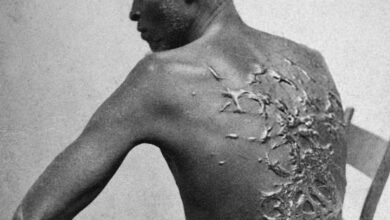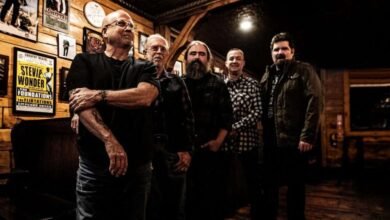Martin Luther King in the Catskills in 1960


 In October of 1960, Martin Luther King, Jr. delivered a speech entitled “The Future of Integration” at the annual convention of the Retail, Wholesale and Department Store Union in the Catskills at the Laurels Country Club in Sackett Lake, Sullivan County, NY.
In October of 1960, Martin Luther King, Jr. delivered a speech entitled “The Future of Integration” at the annual convention of the Retail, Wholesale and Department Store Union in the Catskills at the Laurels Country Club in Sackett Lake, Sullivan County, NY.
Less than two weeks after that October 8th appearance, he was sitting in jail for attempting to integrate the lunch counter at Rich’s Department Store in Atlanta, Georgia.
It was not the first time King had delivered the speech – nor would it be the last – although he had updated it a number of times since he had first given it at the Stephen Wise Free Synagogue in New York City in May of 1957.
In the speech, he broke down the history of race relations in the United States into “three distinct periods,” while noting that during each of those periods it was a decision by the U.S. Supreme Court that “gave legal and constitutional validity to the dominant thought patterns of that particular period.”
King noted that the first period of race relations in this country was “the era of slavery,” which extended from 1619 until the Civil War. During this period, he said, “the Negro was considered a thing to be used rather than a person to be respected.”
He cited the Dred Scott decision of 1857 as giving constitutional validity to the system of slavery. The next period, he said, lasted until 1954, and could be considered a period of “restricted emancipation” which gave rise to widespread segregation and “nagging injustice,” validated by the Supreme Court’s decision in Plessy vs. Ferguson, which made the concept of “separate but equal” the law of the land.
Then, he went on, came the period of “constructive desegregation” in which the Supreme Court established that separate facilities are “inherently unequal.”
For all the progress that had been made in 340 years, he told the assemblage, much more work needed to be done before actual equality could be attained.
Following his speech in Sackett Lake, King embarked on an ambitious schedule of appearances, which was interrupted when police broke up the sit-in at the lunch counter at Rich’s. King was joined by 280 students from around the city in the protest, and he and several others were arrested. He was sentenced to four months in prison as the result, but ended up serving eight days.
Upon his release, he resumed his duties as co-pastor (along with his father) of the Ebenezer Baptist Church in Atlanta, and continued to be in demand as a speaker. He would shortly become the unquestioned leader of the Civil Rights movement in America, and his greatest accomplishments, such as his famous “Letter from Birmingham Jail” and his unforgettable “I Have a Dream” speech were still a few years away.
Conventions such as that of the Retail, Wholesale and Department Store Union were nothing new at the Laurels, which by 1960 accommodated more than 1,500 guests and was the largest of the hundreds of Sullivan County hotels.
The resort pioneered the concept of hosting conventions here in the early 1930s, and organizations as diverse as the New York State Credit Union League, the New York Public Welfare Association, and the Young Republicans would regularly gather at the Sackett Lake venue over the next four decades.
During the Second World War, when wartime travel restrictions had caused the cancellation of many of its scheduled conventions — five in the month of June, 1943 alone — the Laurels was so busy it had not skipped a beat.
Nor were celebrities a rare sight at the hotel, at which singers, dancers, and comedians often performed on stage until the wee hours of the morning. But Martin Luther King’s appearance was still noteworthy, as the speech came at a critical time in his rise to international fame, and caused many who had not previously been aware of his message to take notice of a building storm.
Photo of Martin Luther King, Jr. in 1960.
Source link





